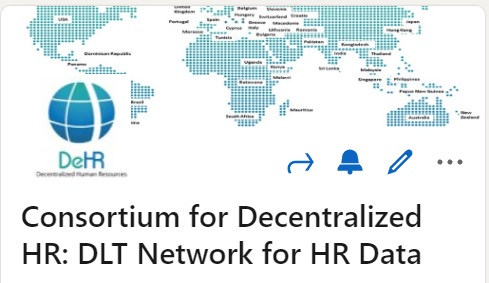
![]() How do companies reverse engineer their centralized monolithic HR systems to create an HR microservices solution?
How do companies reverse engineer their centralized monolithic HR systems to create an HR microservices solution?
![]() Reverse engineering a centralized monolithic HR system to create a microservices-based solution is a complex process that requires careful planning and execution. Here are some general steps that companies can follow:
Reverse engineering a centralized monolithic HR system to create a microservices-based solution is a complex process that requires careful planning and execution. Here are some general steps that companies can follow:
- Analyze the existing HR system: The first step in reverse engineering a monolithic HR system is to thoroughly analyze the existing system to understand its architecture, components, and data structures. This may involve conducting a code review, analyzing database schemas, and identifying key functional components and their interactions.
- Identify microservices candidates: Once the existing HR system has been analyzed, the next step is to identify candidate microservices that can be extracted from the monolithic system. This may involve identifying functional components that can be broken down into smaller, more manageable services, as well as identifying services that are frequently used and could benefit from being decoupled from the rest of the system.
- Design the microservices architecture: With the candidate microservices identified, the next step is to design the microservices architecture. This may involve defining APIs for each service, establishing communication protocols between services, and designing data models and storage mechanisms for each service.
- Develop and test the microservices: Once the architecture has been defined, the next step is to develop and test the microservices. This may involve writing new code for each service, as well as modifying existing code from the monolithic system to create stand-alone services. Each service should be tested thoroughly to ensure that it functions as intended and that it can communicate effectively with other services.
- Deploy and integrate the microservices: Once the microservices have been developed and tested, they can be deployed to a production environment and integrated with other systems and services as needed. This may involve establishing service discovery mechanisms, implementing load balancing, and setting up monitoring and logging tools to ensure that the microservices are running smoothly.
- Monitor and maintain the microservices: Finally, the microservices should be monitored and maintained over time to ensure that they continue to function effectively and that they can adapt to changing business requirements. This may involve setting up automated testing and deployment pipelines, establishing service-level agreements (SLAs), and conducting regular audits of the system to identify and address performance and security issues.
Overall, reverse engineering a centralized monolithic HR system to create an HR microservices solution is a complex process that requires careful planning and execution. However, by following these general steps, companies can successfully transition to a microservices-based architecture that offers greater flexibility, scalability, and maintainability than traditional monolithic systems.
FACT CHECK COMMENTS
In the spirit of collaboration with colleagues and in the interests of information accuracy, comments and discussion are welcome at the DeHR LinkedIn Group (shown below) on every specific ChatGPT response to a question on this website.

https://www.linkedin.com/groups/10397732/
Please apply to join the Group and, if you wish to make a comment relating to this page, please create a Group Post and at the prompt (shown below ) please quote: 4.3 How do companies reverse engineer their products
![]()
Please note the Group Rules and do not post blatant product promotions out of context with the item you are discussing.
